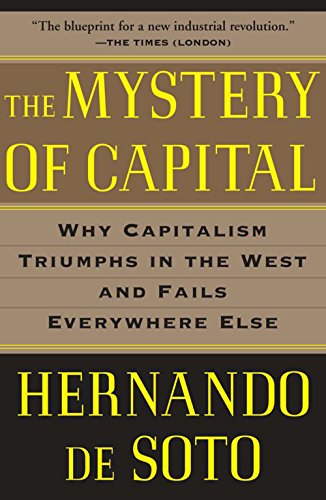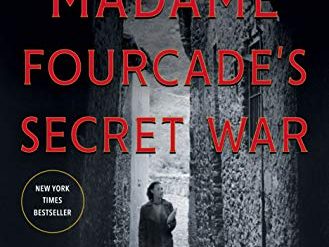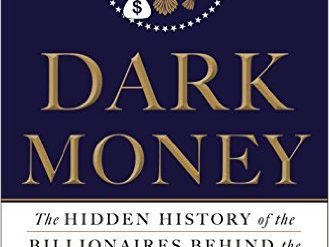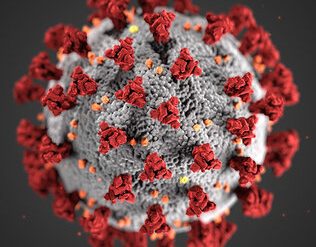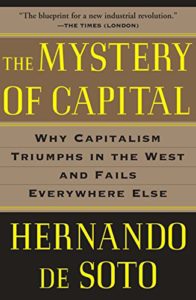
One of the world’s enduring mysteries is why there is such a wide gap in prosperity between the developed nations and those so often referred to as “developing.” Two centuries ago, China was the world’s wealthiest nation, and many of today’s developed countries were still poor by the day’s standards. Including the USA. There exists a plethora of explanations for this discrepancy, which has emerged over the last 200 years. Included are neocolonialism and the ascendancy of the multinational corporation in world affairs. Neither is especially convincing. But one of the most satisfying explanations comes from a noted Peruvian economist named Hernando de Soto who plumbed the connection between capitalism and inequality. He spells it out in detail in The Mystery of Capital, the second of his books describing his life’s work.
Capitalism and inequality
The gist of de Soto’s argument is straightforward. Developed nations have over time adopted a system of property rights that enables those who possess them to unlock their potential as capital through such means as mortgages. Developing countries lack the infrastructure to enforce the property rights of the billions of people who have crowded into shantytowns in major cities or work the land they occupy in rural areas without acceptable documentation. As a result, they do not “own” their land or the improvements they have built on it and cannot capitalize on them. Thus, trillions of dollars in capital remain locked up in the homes of many of the world’s poorest people. Unlock that potential, and economic growth will soar, he contends.
The Mystery of Capital: Why Capitalism Triumphs in the West and Fails Everywhere Else by Hernando de Soto (2000) 288 pages ★★★★☆
De Soto’s solution to this quandary is to put such a system of property rights into place. The premise of his argument is undeniable. Anyone who has worked in any one of the scores of developing countries in Africa, Asia, Latin America, or the former Soviet satellites should be well aware of the problem. Unfortunately, de Soto’s proposed solution poses several problems.
(1) In most of the world, respect for the rule of law is lacking.
Simply putting a new legal regime in place is unlikely to clear this hurdle. Many if not most developing nations have admirably crafted laws which are routinely ignored. De Soto claims that he and his team have demonstrated the feasibility of his approach in Peru and several other nations. In fact, there is evidence that they have succeeded in Peru, at least to a degree. Peru is now one of the world’s fastest-growing nations; perhaps at least some of the credit belongs to de Sot0. And the heads of state in many other countries have hired him to consult on the reforms he proposes.
However, I’m unaware that any of de Soto’s efforts have been effective nationwide anywhere in the world, with the possible exception of Peru. I can easily imagine countries like Estonia, Uruguay, or Tunisia adopting such an approach; perhaps they already have. But it strikes me as unthinkable that Zimbabwe, Somalia, South Sudan, or Haiti, much less North Korea or Cuba, would ever consider such reforms anytime in the foreseeable future. Surely the world’s failed states or those that are nominally Communist will not do so without enormous changes in governance. Even India seems unlikely to me; one-third of the world’s people who live on $2 a day or less live there. Economic reforms in India require years of negotiations and often fail, even with a pro-business Prime Minister on the scene.
(2) Dominant elites find it to their benefit to sustain the status quo.
De Soto argues that conferring property rights on the poor would, in fact, benefit everyone, because it would dramatically lift the level of a nation’s economic activity. He asserts that elites can be educated and will come to understand the benefit, and he claims he has succeeded in doing this in Peru. Apparently, that is true to at least some degree. However, my observations above about other countries are applicable here, too.
(3) Entrenched bureaucrats benefit from the existing system by holding scarce jobs and securing bribes.
De Soto and his team have studied four countries most closely: Peru, Egypt, Haiti, and the Philippines. He makes abundantly clear that in every one of them it can take years — as many as nineteen in one case — for poor people to complete the innumerable forms and secure the permissions needed to establish title to their land and homes. Simply put, property rights are entirely out of reach for huge numbers of the world’s people. Surely, dozens of bureaucrats are involved in some fashion in the application process. How likely is it that those office-holders will give up their jobs? Consider India as just one important example: many if not all government jobs are awarded on a quota system to permit the members of oppressed castes to gain access to the secure salaries and prestige represented by jobs in government.
(4) Discriminatory caste and class systems persist in many underdeveloped nations.
Nearly 70 years after independence, India’s caste system remains powerful, seemingly impervious to significant change. In most other poor countries, similarly discriminatory caste or class systems prevent people at the bottom of the pyramid to advance economically. In many, tribal origins or religious differences get in the way. Since such divisions have often persisted for many centuries, it strikes me as unreasonable to expect that they can be quickly overcome. Even higher education often fails to erase such differences.
(5) The biggest problem of all: the fallacy of growth.
Advocates of accelerated economic growth such as de Soto (or the leadership of China) fail to recognize the limits on the earth’s carrying capacity or the environmental damage that results from the rush to big cities and building ever more factories. India will soon surpass China (with one-fifth of the world’s people) in population. Should India ever manage to match the living standard in the Global North, that will represent the equivalent of adding five new USAs, doubling the world’s demand for goods and services. The consequences of such a development are unthinkable. Unrestrained economic growth is not just unsustainable — it’s suicidal.
A flawed but fully engaging book
In most respects, The Mystery of Capital is well written. The exception lies in the author’s tendency to repeat himself. The book reads as though it was adapted from a series of lectures strung together in sequence, with the repetition that is so common in such compilations. A number of de Soto’s key points are repeated several times. But you’ll close the book convinced that a close link exists between capitalism and inequality.
About the author
Though Peruvian, Hernando de Soto was educated in Switzerland. He had left Peru at the age of seven and didn’t return until he was 38. (He’s now 75.) An economist, he specializes in studying the informal economy and property rights. He is considered to be a neo-liberal. The major influence in his professional life was the work of Milton Friedman.
For related reading
This is one of the books I’ve included in my posts, Gaining a global perspective on the world around us and Good books about economic inequality.
You may also enjoy browsing through 20 top nonfiction books about history.
If you enjoy reading history in fictional form, check out 20 most enlightening historical novels.
And if you’re looking for a broader view of human history, check out New perspectives on world history.
And you can always find my most popular reviews, and the most recent ones, on the Home Page.

